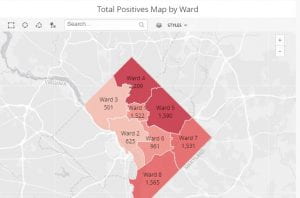 How to read a news release: Tips from the editors of JAMA
How to read a news release: Tips from the editors of JAMA
Two recent opinion pieces in JAMA address the issue of evaluating and communicating scientific information in the constantly changing era of Covid-19. Journal editors need to maintain standards of scientific integrity as they rapidly process high numbers of time-critical articles. Readers are faced with a deluge of additional information in the form of news releases, pre-prints, and blog posts – most disseminated with little review.
How should a reader approach news releases? Unlike peer reviewed articles, news releases are short and designed to grab attention. They often lack the details to conduct a traditional critical appraisal. Readers therefore might want to ask the following questions to make a quick assessment of the information reported in a news release:
- Does the news release report on a single study?
- Are main outcomes, absolute risks and patient population reported?
- How does the information reported relate to other studies?
- What is the context of the news release? (i.e. from a federal agency or a pharmaceutical company, designed to influence public opinion or report to stockholders)
- Are the opinions of any independent experts included?
- Have study results been reported elsewhere? (i.e. preprint, journals)
To learn more about critically reading a news release, check out the 10 review criteria for news stories listed at HealthNewsReview.org.
Saitz R, Schwitzer G. Communicating Science in the Time of a Pandemic. JAMA. Published online July 13, 2020. doi:10.1001/jama.2020.12535
Bauchner H, Fontanarosa PB, Golub RM. Editorial Evaluation and Peer Review During a Pandemic: How Journals Maintain Standards. JAMA. Published online June 26, 2020. doi:10.1001/jama.2020.11764
HealthNewsReview.org (n.d.) Our Review Criteria. https://www.healthnewsreview.org/about-us/review-criteria
Image: Youngson, N. (no date). Press Release. Retrieved from: https://www.thebluediamondgallery.com/typewriter/p/press-release.html












